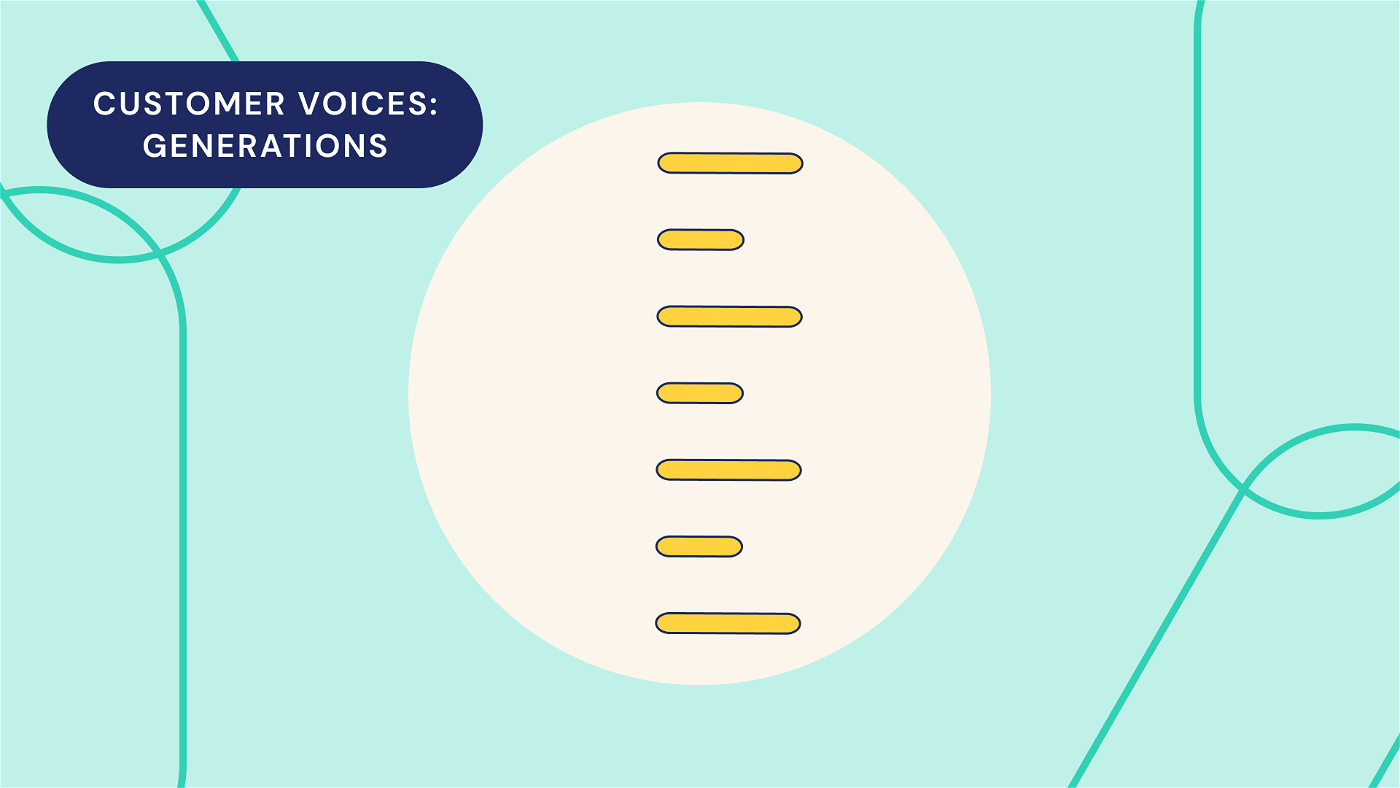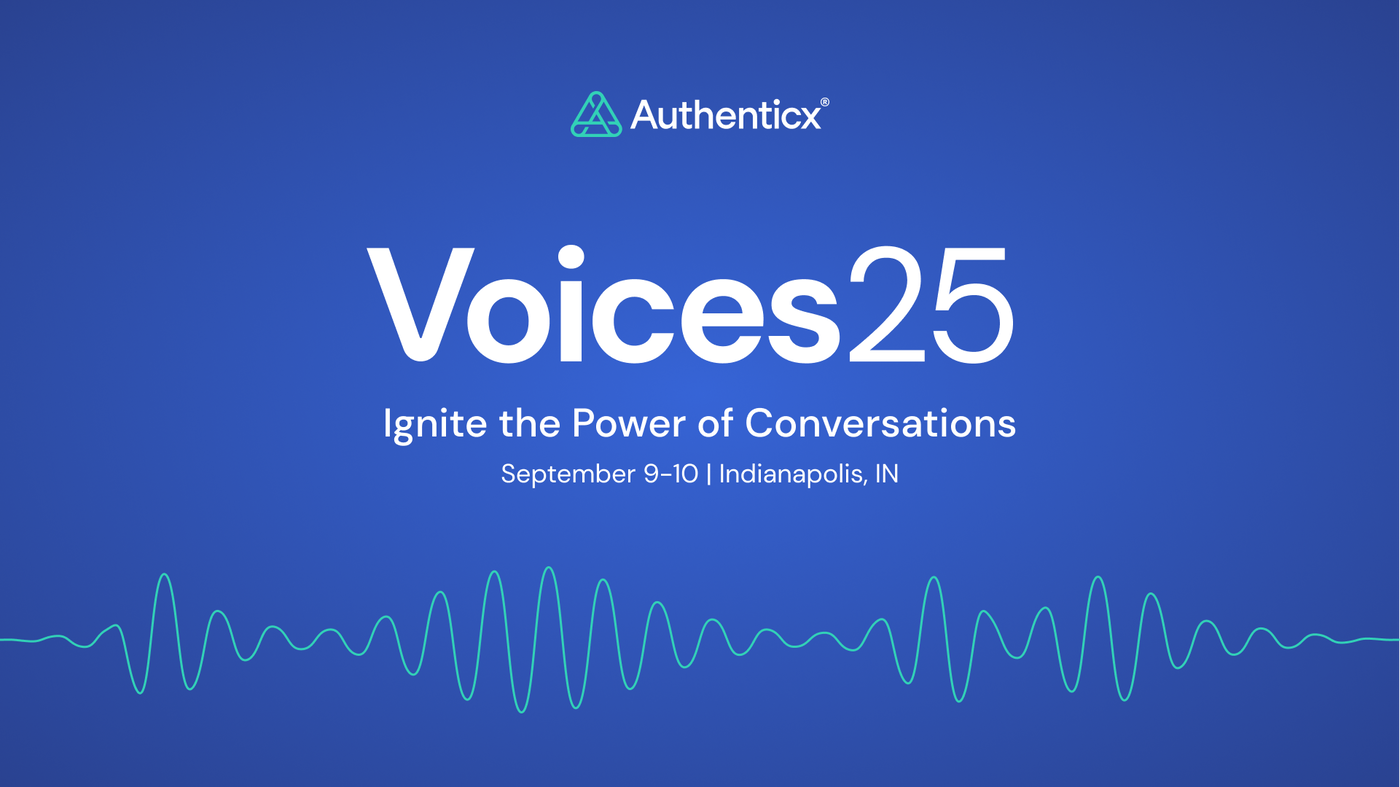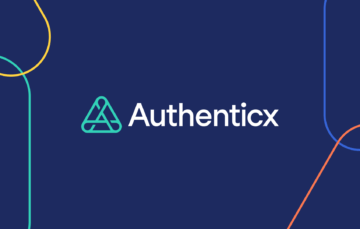
Uh oh.
You’re told you must call your pharmacy to resolve an issue with a new prescription and you immediately fill with panic. Nobody your age likes talking on the phone. What’s worse? You’re told you must verify your identity over the phone through “Two-Factor Authorization”, but you haven’t set up a phone number or have no idea what that means. Now, you have another issue to resolve. How do you find help when you keep getting stuck?
We’ve been there, too.
Different groups perceive and are drawn to varied types of information and media. This leads to miscommunication you simply cannot undo with a flick of a switch (or hitting CTRL+Z). In this continuation to understand multigenerational communication, we will provide a simplified explanation of how age groups prefer to take in, share, and value communications.
Rather than segmenting age groups by Silent, Baby Boomer, Gen X, Millennial, Gen Z, or even the newer Generation Alpha, we will study the preferences of Older and Younger. To no surprise, there are overlapping themes between each, so focusing on the core differences of how concepts of technological and social advancements were introduced to these two distinct groups can bring clarity to bringing best practices to any customer experience model. In healthcare, generational preferences can mean coverage comprehension to finding an in-network provider that is most likely to understand customer needs. To understand these customer values, you must study why the groups or individuals could require different types of communication. Established by KPMG, these generational communication elements include personalization, brand integrity, customer expectations, case resolution, time and effort, and empathy.
As a reminder, customer experience (CX) consists of the interactions that individuals (or a collected group) respond to a product, price, promotion, place, or person that should craft a positive and uncomplicated process through which customers journey. This is further explained in the original 4 P’s of Marketing (later expanding to 7), noted by the American Marketing Association (AMA) with an added emphasis of highlighting the customer with a fifth P of Person.
By understanding the preferred needs of any audience, your team can build a responsive experience model that reaches, engages, and retains customers with solutions for their identified needs (rather than a one-size-fits-all approach). Not only can you build this by leveraging generational communication efforts, but Authenticx and our platform can help healthcare leaders in life sciences, payers, and providers see the gap between the business overhead and the customer – and have actionable insights to close that gap to create a more positive customer experience.
Adapt with the Younger
The younger generation is dynamic – driven by knowledge, the desire to impact, and is as trendy as they are focused on improving for the next “big thing”. Communicating with younger customers can be difficult. If you don’t have a model built to withstand questioning, these customers will lose trust. If you don’t have a journey built with innovative technology and the flexibility and automation to maneuver to new preferences, these customers will move on to another product, platform, or service that better suits their values. Leader’s Edge Magazine shared some of these generational preferences about multigenerational workforces, however, the same details are transferrable to communicating within your healthcare network.
According to Forbes in 2022, the number one “search engine” became the social media application TikTok for customers in the younger generation. TikTok is a platform that uses short-form content that keeps users engaged while sharing information that is digestible and authentic. We must examine the way this type of content attracts the younger generation as it presents the key to unlocking what it means to have the customer drive their journey with customer-centricity as a passenger holding the map.
A key component to understanding the younger generation is through social determinants of health (SDOH). Of course – SDOH affects all people. According to Healthcare Success, The younger generation, however, is locked into looking for diverse options that cater to their demographic, accessibility, and consumption. When you place these values of younger audiences on a customer experience whiteboard, suddenly you will begin to connect and nurture them as a part of your brand – one with the same product as older generations but presented in a way they can better connect. Examples of values that speak to the younger generation include but are not limited to community outreach and DEI opportunities, access to mental health programs and health insurance coverage, and even available travel options.
No matter what the social determinant featured in communicating with the younger customer, it is necessary to be open to forward-thinking initiatives. These can be formed by listening to genuine asks for help, suggestions related to the CX, or desires for transparency.
Grow with the Older
The older generation is loyal and independent. Many know what they enjoy, dislike, and with which they align themselves – especially if it comes from a trustworthy source. While reliability and fairness remain high for the older generation, it would be a mistake to believe this demographic has any inherent issues in the digital and social spaces. Older does not mean underinformed. According to Ellen Harbour, Director of Solutions Enablement at Nexthink, on LinkedIn, this generation grew to learn with technology. It has been over two decades since Window XP’s green landscape splashed across desktop screens. However, communicating as a new voice in their spaces can be difficult if you are not established or have updated brands, medications, vendors, guidelines, or care plans.
This generation, not unlike the younger generation, will do research. You must offer the coverage, support, and communication they are looking for in healthcare. According to Deloitte and Accenture, digital service options drive choice in younger generations, whereas older generations are still more likely to have a primary care physician (where reputation and quality of services lead the way). Instead of checking your company values, they will compare you to other options to ensure your information is correct, reviewed, and trustworthy. The older generation is focused on a parallel track of values that build a relationship with them as humans, providing a balance between professional and personal.
- The tools should work.
- The plan should cover.
- The professionals should help.
And all of these should be honest and considerate while bringing them – as the patient and customer, forward. The start and end of any healthcare communication are defined by authenticity.

Download the Report
Download the Customer Voices in Healthcare Report: The Rise of Customer Centricity Across Healthcare.
Identify the Wall – and Pass Through It
The main component drawn from studying preferences is that when trust and credibility are built quickly, it places any skepticism to the side and brings forth a genuine guide. Underneath the layer of communication is understanding. The bridge that links humans back to healthcare is comprised of a three-tiered commitment:
- Build trust
- Maintain authenticity
- Empower the customers’ will to impact.
The connective tissue between the provider, the insurance agency, and the preferred pharmacy must be present. Associated connections must be simple to navigate, work as they should – if not, they should have a clean secondary option to reach a quick solution – and maintain appropriate levels of transparency as an organization, pharmacy, or service agent regarding items such as prior authorizations, billing statements, and patient information transfers.
Once this is understood, multigenerational communication is feasible via personalized interaction types within messages, notices, and calls. Are you making the effort necessary to understand each customer – what they need, why they need it, whom they need it from, and how they need it delivered? If the customer feels valuable in the journey and heard through personalization efforts, sharing information (and feedback) becomes a sustained cycle between all generations. To acquire a more holistic feedback response, having a pulse on each generation’s shared ideas is integral to building a responsive CX model that creates a culture of mutual respect.
More About Multigenerational Healthcare Communication
Previous Blog: A Multigenerational Approach | Next Blog: Calling for a Communicative Industry
Continue to join us in our blog series about multigenerational communication that highlights younger and older generational expectations, how the healthcare industry has and is behaving to produce solutions, and a review of building a responsive customer experience. The next article will cover how the healthcare industry is developing communication to speak to everybody.
About Authenticx
Authenticx was founded to analyze and activate customer interaction data at scale. Why? We wanted to reveal transformational opportunities in healthcare. We are on a mission to help humans understand humans. With a combined 100+ years of leadership experience in pharma, payer, and healthcare organizations, we know first-hand the challenges and opportunities that our clients face because we’ve been in your shoes.
Want to learn more? Contact us!
Or connect with us on social! LinkedIn | Facebook | Twitter | Instagram | YouTube


